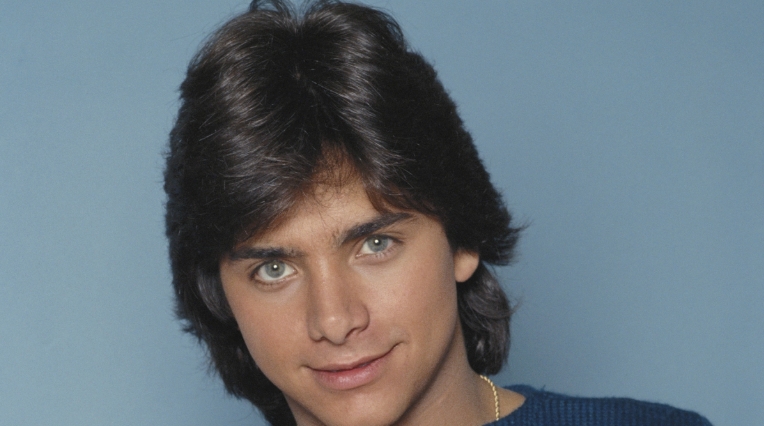The Golden Age of Soap Operas: Exploring the Origins of Daytime Drama
Soap operas have been a staple of daytime television for decades, captivating audiences with their dramatic storylines and unforgettable characters. But where did this popular genre originate?
Early Beginnings
The roots of soap operas can be traced back to the early days of radio broadcasting in the 1930s. The term “soap opera” comes from the sponsors of these daytime dramas, typically soap companies who advertised their products during the shows.
Daytime Drama Takes Off
In the 1950s and 1960s, soap operas transitioned from radio to television, becoming a daily fixture in the lives of millions of viewers. Shows like “Guiding Light,” “As the World Turns,” and “General Hospital” became household names, with storylines that kept viewers tuning in day after day.
Iconic Characters
One of the most appealing aspects of soap operas is the larger-than-life characters who populate these fictional worlds. From long-lost siblings and evil twins to forbidden love affairs and shocking betrayals, soap operas are known for their sensational plots and over-the-top melodrama.
The Changing Landscape
In recent years, the rise of streaming services and changing viewing habits have had an impact on the traditional daytime soap opera. Many classic shows have been canceled or moved to different time slots, while others have adapted to the digital age by offering online episodes and interactive content.
Despite these changes, the golden age of soap operas will always hold a special place in the hearts of fans who grew up watching their favorite characters navigate love, loss, and scandal on the small screen. As the genre continues to evolve and adapt, one thing is certain – the allure of daytime drama will never fade.
